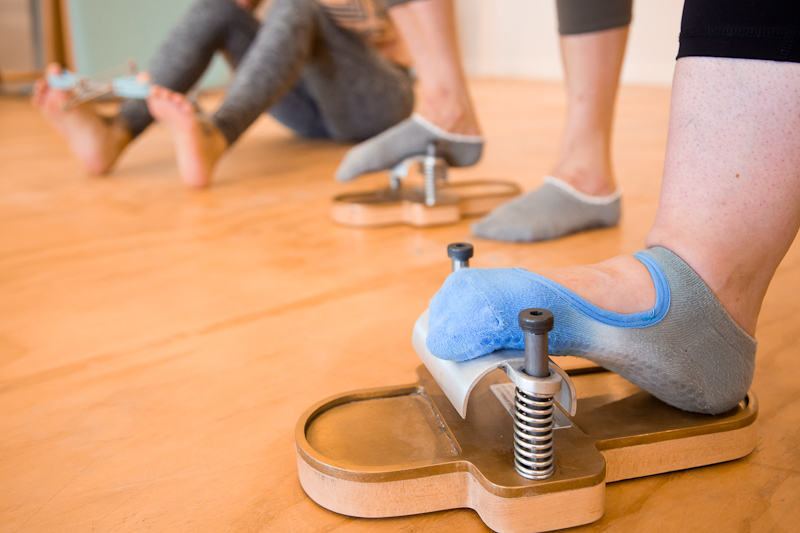You don’t have to frequently slip on a pair of spikes, pointe shoes or trail-running shoes to benefit from this hard-to-do-well but simple exercise. Adding 10 single leg calf rises to your daily health regimen could make a huge difference in your posture, endurance and wellbeing, even your heart health!
Over the years in sport science and particularly the fields of health care for elite ballet dancers and runners we have come to appreciate the huge impact that ‘being good’ at single leg calf rises can have on sports performance and injury prevention.
What is a calf rise?
Stand on one or both legs and lift your heel off the floor, rising up to tippy toes and then lower with control. It’s easier if you hold on to something stable for support, or even use a wall front-on for support
Why does it help?
The calf is made up of the gastrocnemius (closer to the skin) and the soleus (closer to the tibia) plus the associated tendons and ligaments. It has a few jobs – some muscular and some more ‘medical’ – but with movement it acts to point the foot/ lift the heel and also to it works on the knee in both bending (actively) and to control extension / straightening too! When you walk you are constantly working these actions and weakness or poor stamina can lead to issues in the foot and ankle and up the leg into the lower back too. Also, if you’re fond of a hard-sole dress shoe or a spunky stiletto, your foot is being trapped and unable to articulate with each step… so strong calves can help you feel better when you slip off your kicks. Getting these muscles stronger and able to endure up to 30 reps is the perfect preparation for daily living and many physical pursuits.
Clients who have benefited from adding daily calf rises in their routine
- Walk for exercise
- Stand all day working at a standing desk, retail or hospitality
- Love to hike
- Run recreationally – even slow and small distances
- Have a history of ankle sprains and ankle and foot conditions
- Are maintaining physical fitness for independent living
How do you do it well?
- Keep your leg straight as you lift and lower
- Don’t let your foot twist / roll / sink to either side (big toe or little toe)
- When your knee starts to buckle or you need to ‘jump up’ … you’re tired, change sides.
- Stay centred and work with decent posture, it’s a full-body exercise so don’t lean forward or hunch.
How do you progress?
Stay consistent … daily, daily, daily! Once you’ve got some base and can nail ten rises with great form, add an additional rise repetition until you can execute 25-30 consecutively.
Then …
- Add a 10-30 second hold on the final rise
- Some days change the tempo, slow or fast
- Add a weighted vest or hold a dumbbell
- Once you’re proficient, do a set of calf rises keeping the knee bent throughout! Do your best to keep your head at the same height throughout
If you can’t get past a few, what can you work on?
If you want to condition your legs to help with other activities, you can try using a skipping rope (double jumps) or doing little jumps where your feet just leave the floor … this can be done wherever you have space .. just watch out for hazards like book shelves and glass!
Or maybe the smaller muscles in your foot need some help? Check out a link where some of my former students discuss foot health … look at the yellow theraband ‘toe push-up’ exercise from 1:11 https://www.youtube.com/watch?v=FYwntsUota0
FUN FACT!
The calf is often considered as the second heart because of the huge role it plays in the return of blood back up to the heart. With each foot strike you are effectively shooting blood back up the leg into the torso and then to the heart for re-use. So it’s easy to understand the link between sedentary lifestyle (i.e. not walking frequently and using your legs and calves) and cardio-vascular disease.
As always, the team at TMR are here to help … next time you’re in show us your best calf rise and we can offer some tips to keep you strong and healthy!
Image : Alison Shirley Photography


Were can I buy that device ,what is the name ?